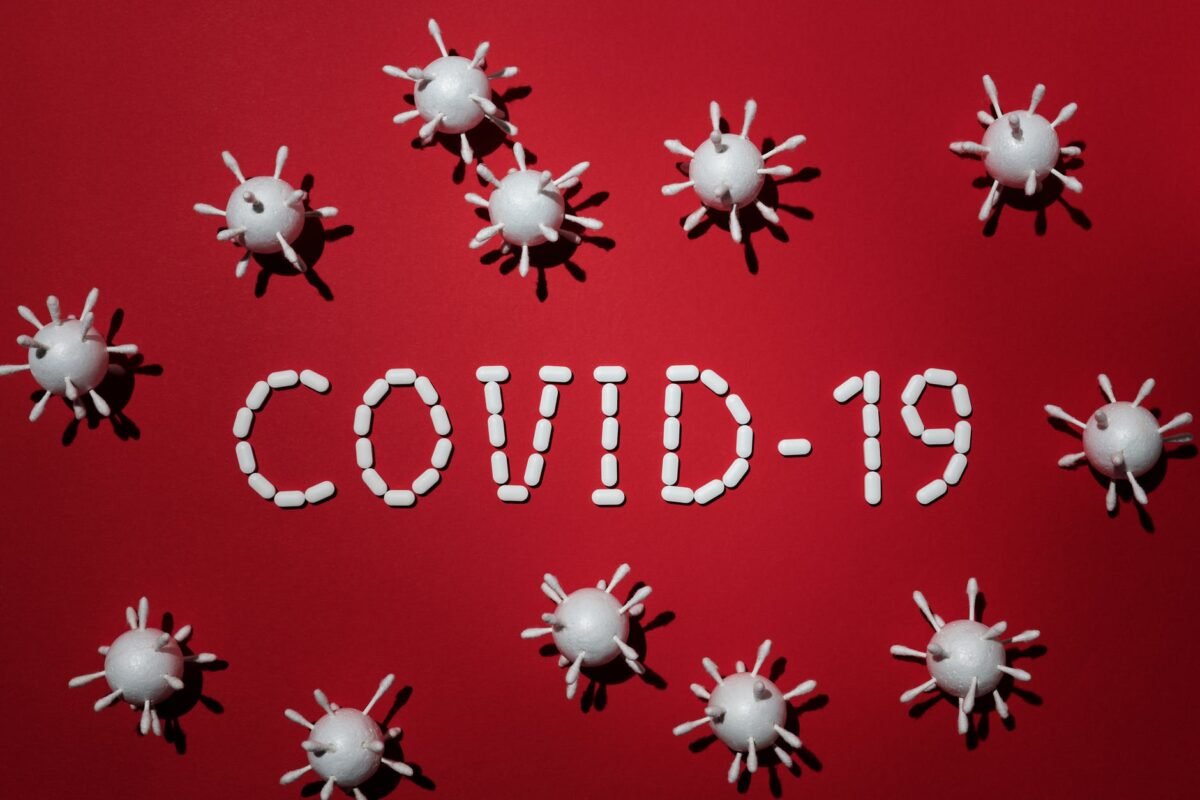
Covid-19 reinfection is quite possible and actually reported, although it will not be possible to predict the exact incidence till more data about the virus is available.
Coronavirus family is one among many viruses that cause seasonal flu episodes (cold, cough, sore throat, fever, body ache and fatigue). It comes in waves once or twice a year around the time of change of seasons. It usually starts with the children (from close proximity at school or play), spreads to other children & family members with varying severity. Healthy adults may experience a milder episode while younger children and elderly are vulnerable to severe illness.
There are 2 main factors that determine the frequency and severity of reinfection;
- Immune status of the person affected
- Ability of the virus to change its appearance (mutation) and escape immune surveillance mechanisms.
A poorly developed immune system is seen in the very young, elderly, individuals affected by other diseases that impair immune function such as diabetes, kidney or liver failure, cancer, transplanted patients on immunosuppressive medication. This population is vulnerable to severe forms of disease that can be life threatening. They are recommended periodic vaccination to prevent them from developing severe infections.
Once an infection occurs, the immune system defends the body by producing specialized cells that recognize the viral appearance and destroy them. Even after the virus is cleared and infection has resolved, some of the immune cells called memory cells are preserved so that future infections with the same or similar viruses are dealt with swiftly and efficiently. The number of these memory cells are highest after recovery from the infection and decline over time. They protect from reinfection soon after recovery.
Viruses mutate to change their appearance and evade recognition by the immune system. These changes may be small and incremental or significant. This may confer added qualities such as increased infectivity (ability to cause an infection), virulence (ability to spread). Not all mutations are beneficial though. Variants with favorable mutations thrive while others die out. This is the reason reinfection occurs with the same virus family periodically. Vaccines are updated periodically to include the recent changes in viral behaviour and booster doses are recommended in the vulnerable population.




